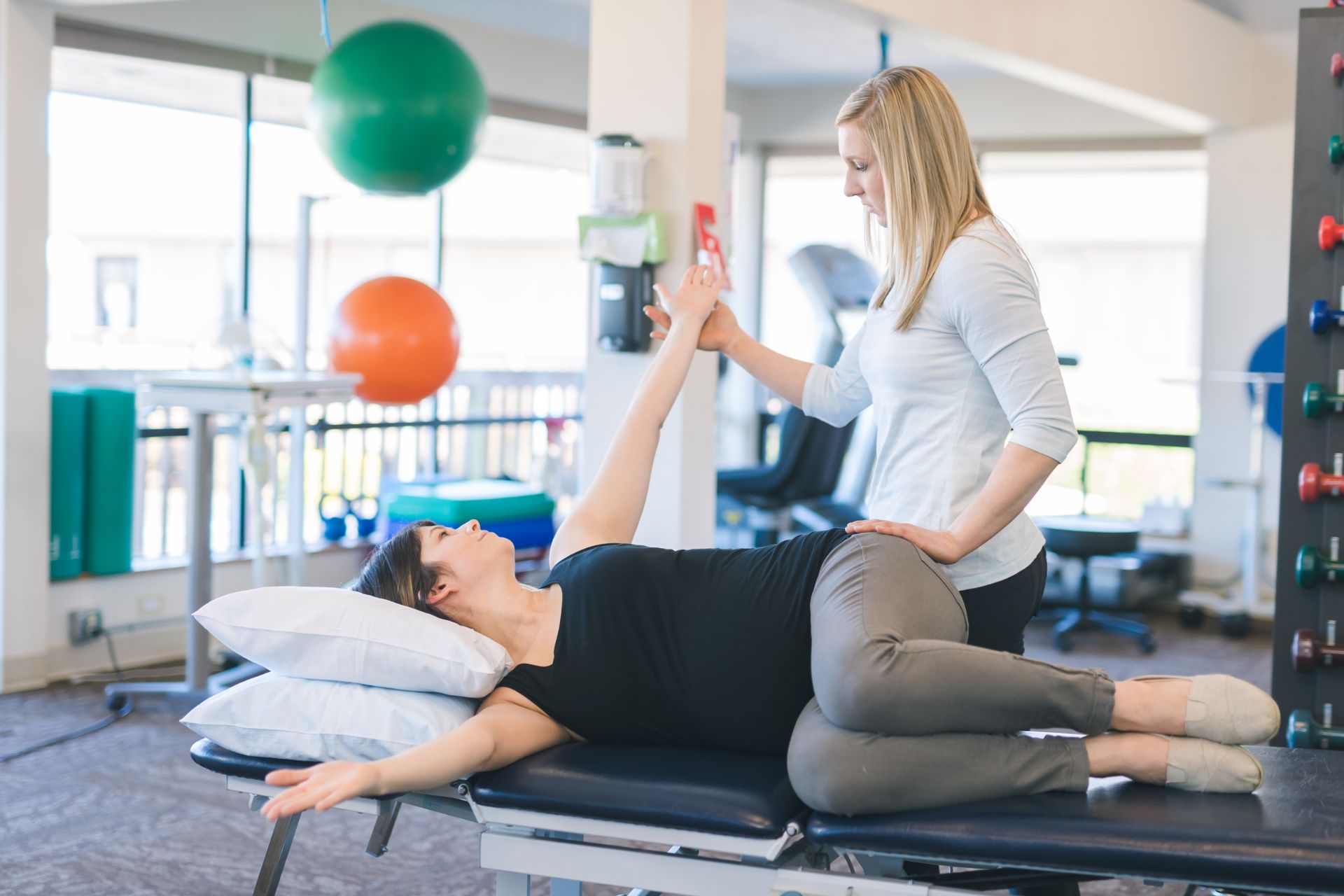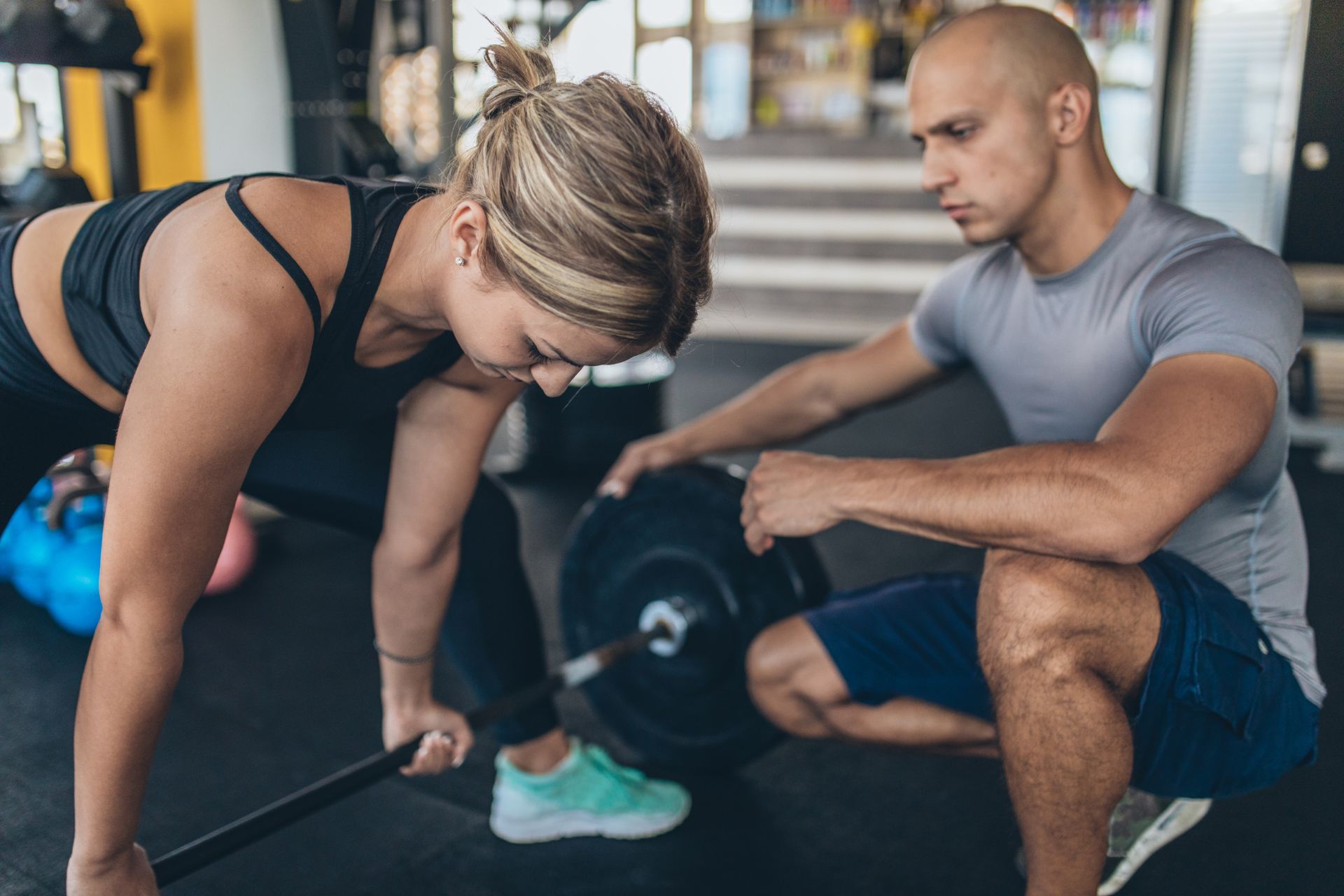Frequently Asked Questions
Neuromuscular training plays a critical role in preventing anterior cruciate ligament (ACL) injuries among female athletes by enhancing proprioception, improving balance, and facilitating muscle coordination. This specialized training regimen focuses on developing the strength of key stabilizing muscles around the knee joint, particularly targeting the quadriceps and hamstrings while also incorporating plyometric exercises that promote agility and dynamic movement patterns. By employing techniques such as jump landing mechanics and sport-specific drills, neuromuscular training aims to correct biomechanical deficits that commonly predispose females to ACL tears due to factors like increased valgus alignment or inadequate hip control during high-intensity activities. Furthermore, this approach fosters an awareness of body positioning under various conditions—thus reducing risk through improved athletic performance in sports characterized by sudden changes in direction or pivoting motions. Ultimately, comprehensive neuromuscular interventions not only mitigate injury risks but also enhance overall functional capabilities within competitive environments for female athletes.
Cryotherapy can be effectively integrated into a post-injury rehabilitation protocol for runners by employing localized cold therapy techniques to reduce inflammation, alleviate muscle soreness, and expedite recovery. Utilizing methods such as ice baths or cryo chambers after intense training sessions or competitions helps manage acute pain and minimizes tissue damage while promoting vasoconstriction followed by rewarming to enhance blood flow. This approach aids in flushing out metabolic waste products and enhances lymphatic drainage, thereby improving overall healing times associated with common running injuries like sprains, strains, and tendonitis. Additionally, incorporating cryostimulation alongside a structured regimen of physical therapy exercises can optimize flexibility and restore range of motion more efficiently than traditional modalities alone. By monitoring the runner’s response through subjective reports on recovery metrics—such as perceived exertion levels—and objective measurements like gait analysis pre- and post-treatment intervals will ensure that the integration of cryotherapy aligns seamlessly with individualized rehabilitation goals tailored specifically to their athletic demands.
Utilizing blood flow restriction (BFR) therapy during recovery from shoulder surgery in overhead athletes offers numerous benefits that enhance rehabilitation outcomes. By applying controlled pressure to the proximal limb, BFR promotes metabolic stress and cellular signaling pathways that stimulate muscle hypertrophy and strength gains despite reduced load-bearing activities. This approach minimizes joint stress while still facilitating muscular adaptations, essential for maintaining functional capacity after surgical interventions such as rotator cuff repairs or labral reconstructions. Additionally, BFR can help mitigate disuse atrophy commonly experienced during early postoperative phases by enhancing satellite cell activation and protein synthesis within the affected musculature. The incorporation of BFR into a rehabilitation protocol not only accelerates return-to-play timelines but also improves overall neuromuscular performance metrics critical for overhead sports like baseball or tennis, ultimately contributing to more successful long-term athletic outcomes.
Biomechanical assessments play a crucial role in formulating personalized injury prevention strategies for basketball players by analyzing individual movement patterns, joint kinematics, and muscular dynamics during various athletic tasks such as jumping, sprinting, and lateral movements. By utilizing high-speed motion capture technology and force plates to evaluate biomechanics parameters like ground reaction forces, knee valgus angles, and hip flexor activation levels, practitioners can identify specific risk factors associated with overuse injuries or acute traumas. This detailed analysis allows for the development of tailored corrective exercises that enhance neuromuscular control while addressing biomechanical deficiencies such as improper landing techniques or muscle imbalances. Furthermore, integrating these assessments with sport-specific conditioning programs ensures that training regimens are optimized not only for performance enhancement but also for minimizing the incidence of common basketball-related injuries like ankle sprains or ACL tears. Ultimately, through ongoing monitoring and adjustment based on periodic biomechanical evaluations, coaches and sports scientists can implement data-driven interventions that adapt to each athlete’s unique physiological characteristics and playing style.
Nutrition and supplementation play a crucial role in enhancing tendon healing following an Achilles injury by providing essential nutrients that support collagen synthesis, reduce inflammation, and promote tissue regeneration. Key dietary elements such as omega-3 fatty acids found in fish oil can mitigate inflammatory responses while promoting cellular repair mechanisms. A diet rich in antioxidants from fruits like blueberries and vegetables like spinach helps combat oxidative stress during the healing process. Amino acids, particularly glycine and proline sourced from protein-rich foods or collagen supplements, are vital for strengthening tendon structure through enhanced collagen formation. Additionally, micronutrients such as vitamin C facilitate the hydroxylation of proline residues necessary for stabilizing collagen fibers. Adequate hydration is also imperative to maintain turgor pressure within tendons which aids nutrient transport and waste removal at the site of injury. Overall, a comprehensive approach incorporating these nutrition components can significantly accelerate recovery timelines by optimizing metabolic pathways involved in connective tissue repair post-Achilles rupture or strain.

